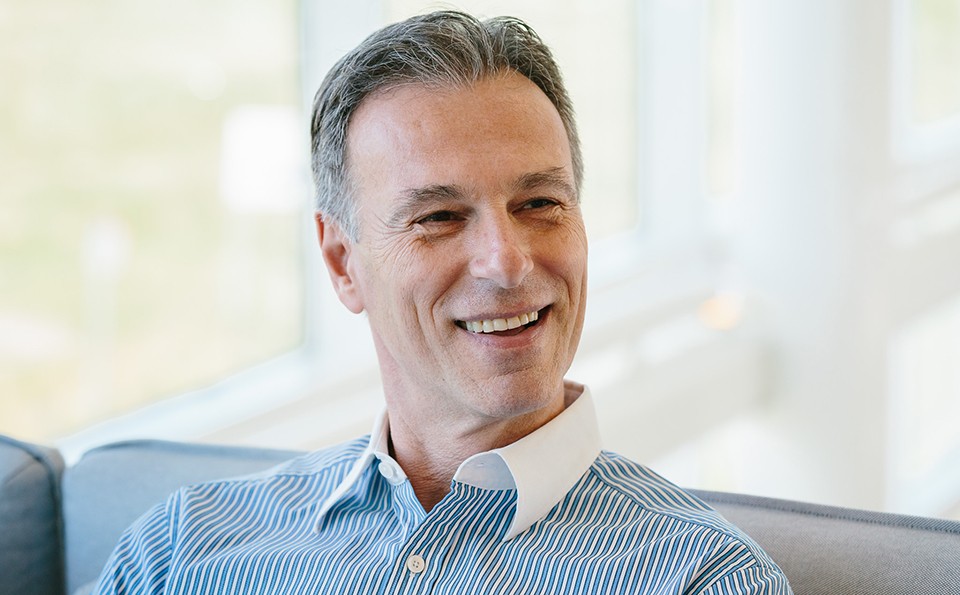One of the most rewarding things about working for Avery Dennison is being part of a company that has, for over eight decades, created many of the label and packaging industry’s landmark innovations. To be sure, our inventiveness has been driven by a love of materials science that started with Stan Avery and persists to this day. But it also stems from our equally longstanding commitment to anticipating and meeting our customers’ needs.
So what trends are we watching circa 2018? Generally speaking, it’s clear to us that packaging more than ever, must have a purpose—literally, by being more functional, or metaphorically, by being designed to not only do its job, but also to serve the broader purpose of advancing sustainability. Our R&D and product-design teams increasingly ask these questions as a matter of routine: Can we make it more functional? Can we empower it with the capabilities of digital intelligence? And can we make it sustainable? More and more, the answers to all of those questions are yes.
Increasing functionality. A recent white paper highlighting research conducted by Avery Dennison and MarketVision showed that 58% of consumers sought packaging they could reseal and close. Similarly, 82% felt freshness was an important factor when food shopping.
In response to consumer expectations like those, we’ve continued to add to our range of reclosure products, which make products more convenient to use and contribute to sustainability by reducing food waste. By combining oxygen-barrier films with easy-to-use reclosures, we can prevent moisture from entering, say, a package of sliced ham or a bag of biscuits. Such reclosures make food more storable, so it stays fresher longer, and we all throw less of it away.
Resealability is just one aspect of functionality, which also encompasses package flexibility, portability and security. In a business environment where costs are high, natural resources are limited, and every efficiency counts, functional packaging is really any packaging that earns its place on the shelf by delivering a better consumer experience, enhancing the value of a product, and reducing the consumption of material. It’s what customers increasingly expect, and it’s a need we’re attending to closely.
Adding Intelligence. In many ways, intelligent packaging is functional packaging taken to the next level with digital technology. It’s packaging that does more—such as dramatically improving inventory accuracy, increasing in-store efficiencies for retailers, providing richer and more personalised brand experiences, and protecting against product counterfeiting. As the world’s largest partner for ultra high-frequency RFID-enabled labels, we believe that in the near future every item will have a unique digital identity that will stay with the product beyond the point of purchase and make it possible to link every item to the emerging Internet of Things. This will enable a much greater connection between consumer and brand, to say nothing of the huge supply chain and logistics efficiencies it will make possible. Intelligent labels can also advance sustainability in a variety of ways, from helping to reduce waste to giving consumers point-of-purchase information on a product’s origins. And of course, the labels themselves ought to be sustainably designed. That’s why we created our proprietary SmartFace technology, which replaces the PET plastic layers commonly used in RFID inlays and replaces them with a recyclable paper substrate.
Advancing sustainability. As we’ve worked to make our products more sustainable, our efforts have expanded beyond a focus on individual materials, such as FSC-certified paper, to encompass a whole-systems perspective that looks at improving sustainability across a package’s lifecycle. Today we ask: How can we reduce materials in the original design? How can we make packages recyclable? How can we reduce or eliminate the waste from a package’s production? Whilst we have portfolios of solutions that help address these questions, we know that, ultimately, answering them requires industry-wide collaboration with customers, suppliers, end-users and even competitors. Our recently published case study with L'Oreal Australia is just one example of how, around the world, we are working with players industry-wide to make labels and packaging sustainable overall.


